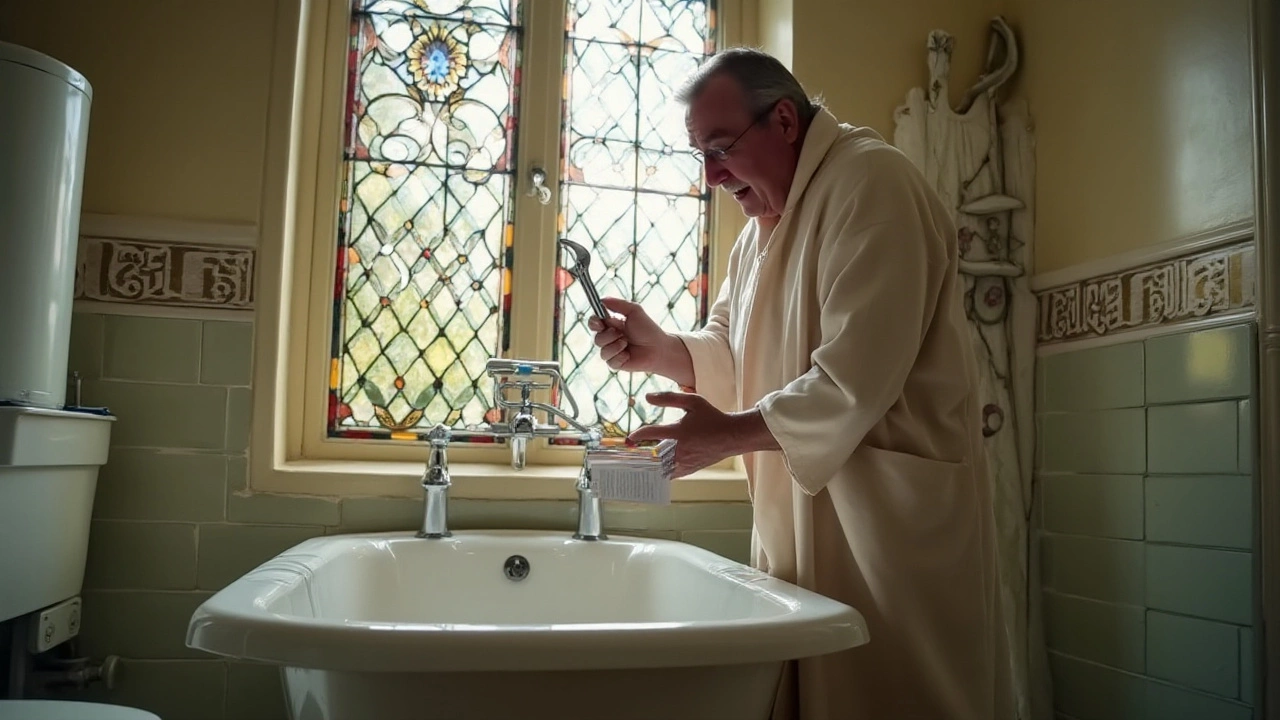Cold Water Issues: What’s Going Wrong and How to Fix It
Ever stand under a cold shower and wonder why the hot water never shows up? You’re not alone. Cold water problems usually boil down to a few simple culprits – a faulty water heater, a broken valve, or a blocked pipe. The good news? Most of these issues can be diagnosed in under ten minutes, and many fixes don’t need a pro.
Why Your Hot Water Feels Like Ice
First, figure out where the cold water is coming from. If every tap in the house is chilly, the water heater is the prime suspect. An old heating element, a corroded anode rod, or a malfunctioning thermostat can stop the water from heating at all. Look for these signs:
- Water heater makes rumbling noises or leaks.
- Cold water comes out even after the heater has been running for a while.
- You see rust or sediment at the bottom of the tank.
If you spot any of these, it’s time to check the heater. Turn off the power or gas, drain the tank, and inspect the heating element and anode rod. Replacing a cheap anode rod can add years to your heater’s life and bring the heat back.
Plumbing Blocks and Valve Mishaps
Sometimes the problem isn’t the heater but the pipes. A partially closed mixing valve can blend hot water with cold, giving you a lukewarm shower at best. Locate the valve (usually near the heater) and make sure the hot side is fully open. If you notice a single faucet that’s always cold while others work fine, you may have a localized blockage. A quick flush with the main water supply can clear out debris.
Another sneaky issue is a broken thermostat on the faucet itself. Modern thermostatic mixing taps have a small dial that balances hot and cold. If that dial is stuck or broken, the water will stay cold. A simple replacement part from a hardware store will solve it.
Don’t forget to check the pressure‑reducing valve (PRV) if your home gets low water pressure. Low pressure can make the heater think there’s less water to heat, causing it to shut off early. Adjusting the PRV or cleaning it can restore normal flow.
When you’ve tried these steps and still have cold water, it’s probably time to call a professional. Glastonbury Appliance Repair Services can diagnose hidden leaks, replace worn‑out heating elements, or install a new, more efficient water heater. Their technicians know the local water quality and can tailor a solution that keeps your showers warm all year round.
Bottom line: cold water isn’t always a nightmare. Start with the heater, check the valves, flush the pipes, and you’ll often fix the issue yourself. If you run into stubborn problems, a quick call to a trusted local repair service can save you time, money, and endless cold showers.

Hot Water Troubleshooting: Why Your Water Heater Runs Cold
Experiencing unexpectedly cold water from your supposed hot water tap can be frustrating and inconvenient. This article delves into common reasons why your water heater might be failing to do its job, including issues with the thermostat, sediment buildup, and pilot light problems. We also provide practical troubleshooting tips and maintenance advice that you can apply to try to resolve these issues on your own. With the right know-how, you can restore your water heater’s performance and enjoy a consistently hot shower or bath.